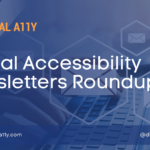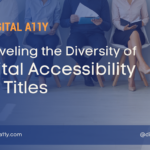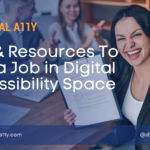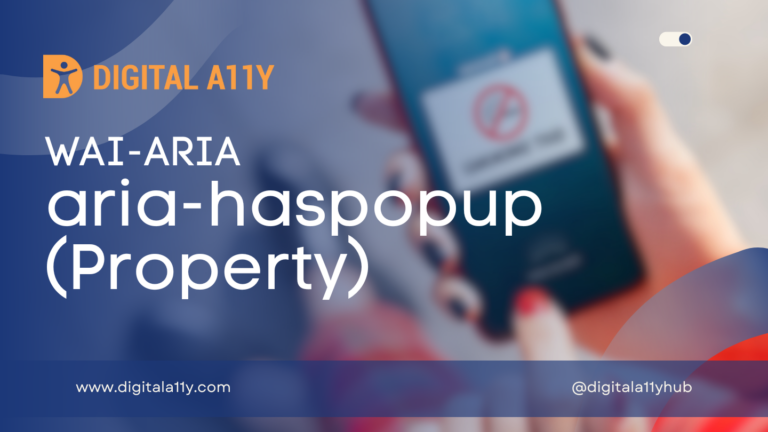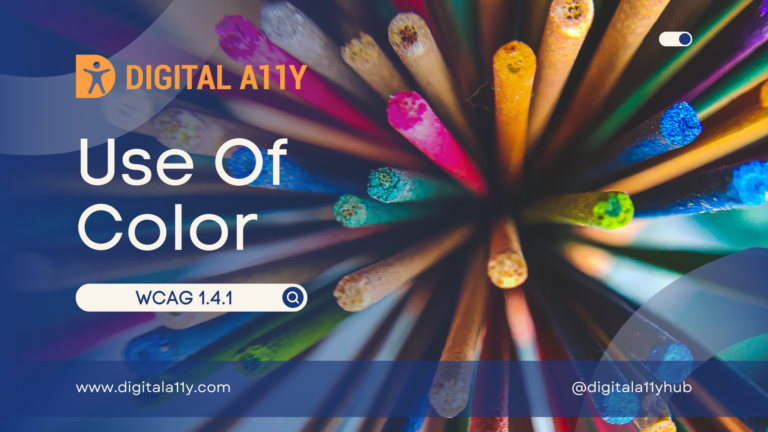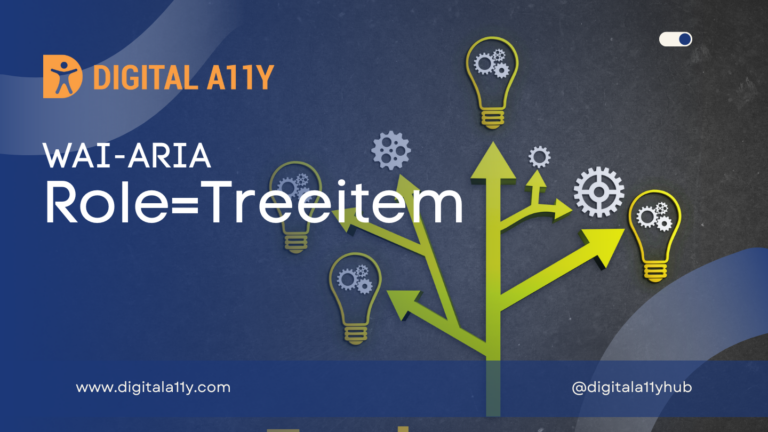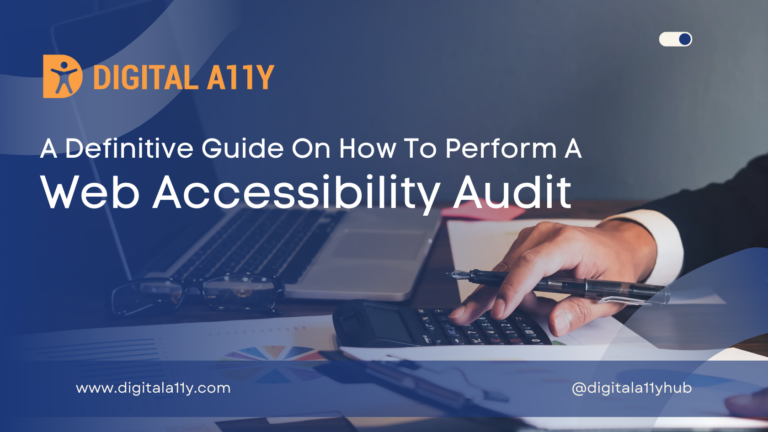10 Brutal Truths About Digital Accessibility Practices
Digital accessibility. It’s the buzzword we all nod along to, the checkbox we’re supposed to tick. But let’s be honest, how many of us are really getting it right?
Here are 10 brutal truths about digital accessibility practices that might sting a little:
1. “Accessibility First” is Rarely First
We often bolt accessibility on as an afterthought rather than baking it into the initial design and development stages. This leads to costly and often inadequate retrofits.
Why does this happen?
Accessibility is still not seen as a core design principle. Tight deadlines, budget constraints, and lack of awareness mean it gets deprioritized until it becomes a problem that needs fixing.
2. Automated Tools Are Not a Magic Fix
While helpful, automated testing catches only a fraction of accessibility issues. Relying solely on them gives a false sense of security.
Why does this happen?
Automated tools are convenient and inexpensive, making them attractive to teams with limited accessibility knowledge. But they can’t replace manual testing and real user feedback.
3. User Testing with Disabled Individuals is Scarce
We design for hypothetical users, not real ones. True accessibility requires feedback from people with diverse disabilities.
Why does this happen?
There’s a lack of awareness and willingness to engage real users with disabilities. Many teams don’t know how to recruit disabled testers or see it as an unnecessary expense.
4. “Compliance” Doesn’t Equal Usability
Meeting WCAG guidelines is a start, not the finish line. A website can be technically compliant but still frustrating or unusable for some users.
Why does this happen?
Compliance is often treated as a legal requirement rather than a user experience necessity. Teams focus on passing audits instead of ensuring real-world usability.
5. Accessibility Knowledge is Often Superficial
Many developers and designers lack an in-depth understanding of accessibility principles. Quick fixes and surface-level knowledge prevail.
Why does this happen?
Formal education rarely covers accessibility in depth. Many professionals learn about it reactively—only when required—rather than integrating it into their expertise from the start.
6. Mobile Accessibility is Frequently Ignored
With mobile use skyrocketing, accessibility on smaller screens is crucial. Yet, it’s often overlooked or poorly implemented.
Why does this happen?
Mobile accessibility testing requires extra effort, tools, and knowledge. Many teams focus on desktop experiences first and neglect mobile users.
7. Content Creators Are Left Out of the Equation
Accessibility isn’t just about code. Clear, concise, and accessible content is equally vital, and content creators need training.
Why does this happen?
There are limited platforms and tools that allow content creators to easily produce accessible content. Many don’t even know what makes content inaccessible, like poor contrast, complex language, or missing alternative text.
8. Accessibility is Seen as a Burden, Not an Opportunity
Instead of viewing it as a chance to reach a wider audience and improve user experience for everyone, it’s often seen as an expensive obligation.
Why does this happen?
The business case for accessibility is poorly communicated. Many decision-makers see it as extra work instead of a way to enhance usability and tap into a larger customer base.
9. Maintenance is an Afterthought
Websites and apps evolve, but accessibility often stagnates. Regular audits and updates are essential.
Why does this happen?
Companies treat accessibility as a one-time fix rather than an ongoing process. Without dedicated resources, accessibility issues creep back in with every update.
10. There’s a Lack of Empathy
Ultimately, true accessibility stems from empathy. We need to understand the challenges faced by users with disabilities and genuinely care about creating inclusive experiences.
Why does this happen?
Many teams lack firsthand experience with disabilities and don’t prioritize engaging with disabled users. Without real-world perspective, accessibility remains an abstract concept rather than a human-centered mission.
The Good News? We Can Do Better
Acknowledging these truths is the first step towards improvement. Let’s move beyond performative accessibility and strive for genuine inclusivity. It requires a shift in mindset, continuous learning, and a commitment to putting users first.
